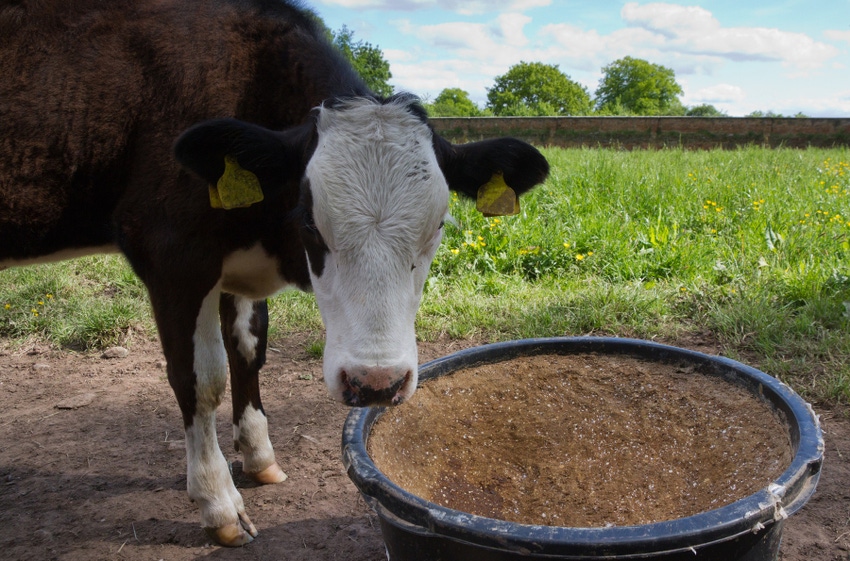November 30, 2023

Dr. Katie VanValin, University of Kentucky
The quality and cost of mineral supplements can vary greatly, and it can be overwhelming trying to make sense of all the numbers and information listed on the feed tag. While I am always a proponent of trying to manage feed costs, I caution producers against exchanging an adequate mineral for a poor-quality mineral.
While saving a couple of dollars on a bag of mineral can certainly add up, it is important that the mineral being provided is still adequate to meet the needs of the herd to prevent mineral deficiencies which can become costly!
Selenium deficiency
In the fescue belt, cattle are especially susceptible to selenium deficiency. Symptoms of selenium deficiency include white muscle disease in calves and decreased immune function and growth. Unfortunately, signs of mineral deficiency can be difficult to spot, and often producers may not realize they have an issue until testing is completed as part of a necropsy. Many complications from mineral deficiencies can be avoided all together by feeding an adequate mineral.
Regulations
In the United States, concentrations of selenium in the feed are regulated by the Federal Drug Administration. This regulation exists to prevent selenium toxicity from occurring due to over supplementation which could have negative impacts on the health of livestock, wildlife, and humans.
Since the inclusion rate of selenium is regulated not to exceed 3 mg per head per day, rarely will you see differences in selenium concentration in free-choice minerals formulated for a similar intake.
For example, mineral supplements formulated to be consumed at 3 oz. per head per day will typically contain 35 parts per million of selenium. Since more selenium cannot be added to the mineral supplement, the type of selenium included in the supplement is especially important.
Selenium mix
Research from the University of Kentucky has shown that feeding a mix of selenium sources can be better than a single selenium source. For this reason, it is recommended that producers choose a mineral that provides 50% of the selenium from sodium selenite and 50% from a selenium yeast.
Cost difference
What is the cost of providing a better form of selenium in the mineral? Recent price comparisons have shown that the difference in price for providing a 50/50 blend of selenium sources increases the cost of the mineral by as little as $1 per bag, assuming all other inclusions were similar. If we assume that a cow typical consumes 1.4 50 lb. bags of mineral per year, that is a difference of $1.40 per cow per year. How does that compare that to cost of losing a single calf due to selenium deficiency?
Fortunately, it is possible to manage mineral costs while still providing a mineral that will meet the nutritional needs of the herd. Take some time to evaluate your mineral tag this year. What source of selenium is included? How much zinc or manganese is included in the mineral?
Quality vs. quantity, sometimes
Current recommendations from the UK Beef IRM Basic Cow-Calf Mineral are 3,200 ppm for zinc and 3,750 ppm for manganese. We rarely see deficiencies of these minerals in the state, so over feeding might be adding to your mineral cost without providing an added benefit. Producers can purchase the UK Beef IRM Mineral from local feed suppliers or use the sheet as a guide for selecting a mineral available locally. It is not uncommon for producers to show me a couple of mineral tags and ask me which they should be feeding. Much to their surprise, I don’t always recommend the more expensive mineral. Sometimes the better mineral is cheaper, but this isn’t always the case.
Evaluation
It is important to evaluate mineral choices and select the mineral that meets the needs of your herd, without providing excess quantities of minerals or other ingredients that may not be beneficial. For help evaluating mineral choices, please reach out to your local Cooperative Extension Service.
Source: University of Kentucky
You May Also Like




